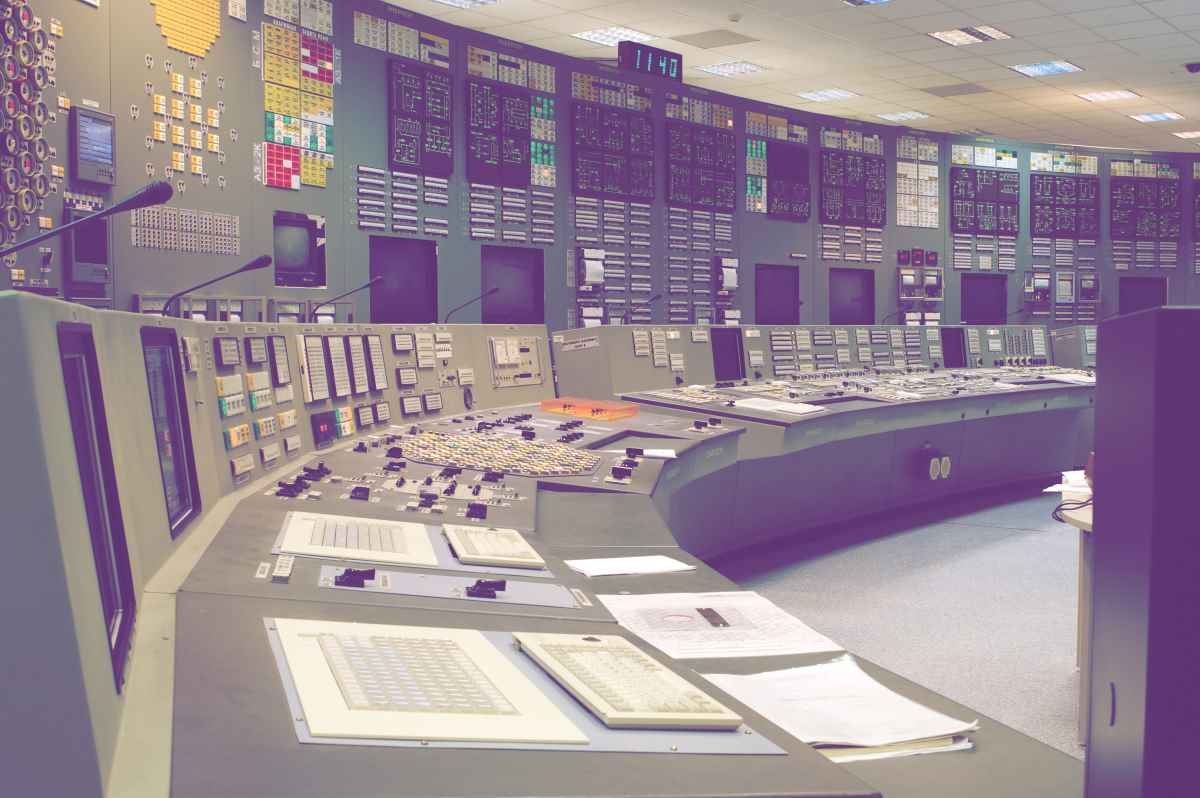Simulation has come a long way since its inception and today it is an essential tool in multiple areas of industry. One of these applications is simulation for training, in which this tool assumes a special role in sectors such as aeronautics, health, energy, maritime as well as education, emergency services and the military.
In this article we will discuss the technology used in developing a training simulator and, in particular, simulation technology in the energy industry. Nowadays, we can find control room simulators for nuclear power plants, renewable solar thermal power plants, combined cycle power plants or diesel power plants, among others.
A simulator consists of different elements that are coupled and synchronized with each other. Each one of them fulfills a different and precise function of a specific support technology. In both functions and technology, an exponential revolution has occurred since the first simulator was installed until now, we have the modern “digital twins” that are delivered today.
What elements make up a training simulator?
What we currently understand as a training simulator consists of the following elements:
Real-time simulation environment
This is the core of the simulator, responsible for executing the different tasks and for synchronization and communication between them in real time.
Models
These are responsible for reproducing the actual behavior in normal operation or in accidental sequences. They use codes that numerically solve the basic equations that apply, supported by correlations based on empirical data. Thanks to this, the simulators have predictive capability even when working outside the area where they were calibrated.
Panels and instrumentation.
The interface between panel instrumentation (electrical circuits) and computers (digital signals) consists of specific systems capable of managing tens of thousands of electrical signals several times per second. These signals can be input either to the panel (lights, indicators) or output (handles, controllers). In addition, physical and functional fidelity are key to the simulator’s interface.
Nowadays it is also possible to operate from virtual panels, that is, touchscreen representations of the panels with photographic quality or from dynamic and interactive representations — PD & I (pipe diagrams and instrumentation).
Distributed control systems (DCS)
The DCS are systems whose purpose is the control of complex industrial processes and, therefore, they are widely used in large industries.
The DCS systems and operation support systems available in the control room of these industries are included within the scope of the simulators. Depending on the degree of reliability of the solution, we can distinguish different approximations between the simulation (replicate the system as a model) and the stimulation (incorporate in the simulator DCS itself as supplied by the manufacturer).
Instructor Console.
This is an application on which the instructor interacts with the simulator, configuring the training scenario through the selection of the starting condition, the simulation of local actions and the activation of possible malfunctions of equipment and signals.
Moreover, it is possible that the figure of the instructor is replaced by virtual instructors in some ways of using the simulator and with different degrees of tutoring available.
Configuration control.
Finally, systems are needed to control the configuration. The configuration control has control over one or more databases where all the information related to the life cycle of the simulator is housed, from the reference documentation and information on the modeling tools to information regarding discrepancies for maintenance.
All the technology that constitutes a simulator is in constant evolution, improving and making the simulators a powerful training tool. They provide enormous added value when it comes to developing highly qualified operation professionals who are capable of operating complex industrial facilities optimally in terms of safety and efficiency.






